|
This last Saturday we harvested several varieties of garlics, leeks, and onions including a multiplying varieties from member Tim Miller of Millberg Farms (First certified organic farm in Texas!). You can learn more about the Dr. Pound variety of garlic from Tim here on Facebook. Also, check out our fall garden series video on planting and storing garlic. We love the huge scapes on Dr. Pound Garlic. We didn't cut them off but when they start "scaping" you can cut the scape off to send all of it’s energy in to increasing the bulb size. The scapes are delicious and can be used just like garlic, but they are ready a month or two before the garlic bulb. If the scape blooms, you can also eat the flowers and seeds.Some of the multiplying onions that we harvested will be stored in a dry, dark place to plant in early fall. In August, we will place them in 4-inch pots to help them sprout and then put them in the ground in September.
We started to see some of the beautiful blooms on the flax we planted this spring as we try growing grains used to make fibers. We also planted red cotton seeds where we harvested the purple potatoes last week. We added recycled mushroom blocks to the soil to add nutrients from organic matter. Check out this study that shows that recycled mushroom blocks are a great fertilizer. Sign up below to get recycled mushroom blocks for your garden. VOLUNTEER WITH US AT ZBG Join us this summer as we continue to learn in the garden together. We meet every Saturday from (weather permitting) at 9 - 11 am. We will be adding a Wednesday workday as well as start to develop another committee interested in doing seed-saving for seed giveaway pop-ups! There are opportunities to be involved in remotely and learning to do garden design using the Old Farmers Almanac garden planner app. This fall we will be doing a major change to the garden as we design a 4-square garden! We are also looking for seed and plant donations so let us know if would like to contribute to the garden this way. Please email us and let us know if you can grow with us!  We just passed the summer solstice and another full moon. June’s full Moon—typically the last full Moon of spring or the first of summer—is traditionally called the Strawberry Moon. This name has been used by Algonquin, Ojibwe, Dakota, and Lakota peoples, among others, to mark the ripening of “June-bearing” strawberries that are ready to be gathered. We are now going into a waning period of the Moon—from the day after it is full to the day before it is new again. As the moonlight decreases night by night, plants are encouraged to grow roots, tubers, and bulbs. It’s always best to try to plant with the coming rains. TRANSPLANT Sweet Potatoes (Slips) It is too late to grow your own sweet potato slips which we did at home using two methods. The soil method produced up to 75 slips and we planted them at Zilker Botanical Garden a few weeks ago. We still have a few purple sweet potato slips to give away to the first person to reply and answer the following question. What is the name of the pigment that is responsible for the purple color in sweet potatoes and other vegetables and fruit? If you haven’t grown your own slips you can buy them at local nurseries such as the Natural Gardener and Tillery Plant Company. You can even plant small organic sweet potatoes directly in the soil. For more ideas on Ornamentals, Perennials, and Herbs, visit the Central Texas Gardener and The Natural Gardener lists online. Download the Texas A&M Extension Planting Chart and Varieties Chart on our website. This last Saturday we harvested the purple potatoes that we planted back in March. The purple color comes from anthocyanin pigments. Evidence indicates health benefits from anthocyanin include improved eyesight and circulatory system function, benefits for diabetics, and anti-inflammatory, antiviral and antimicrobial activity. We may have been a few weeks late because a few were starting to sprout and regrow! With all of the rain and inconsistency in watering, we saw some cracking but they looked healthy overall. I'm going to make a purple potato garden salad for everyone to try next week at volunteer day.
Several of us were on pest patrol looking for hornworms and stinkbugs on our tomatoes and peppers and using the organic solutions for pest control we learned from this weeks video. We relocated hornworms on the Datura/Moonflower which is also in the nightshade family, and we gave stinkbugs a soapy bath. We took notice of a few beneficial insects including a praying mantis looking for spider mites. Peyun also found a giant stick bug on our heirloom corn. We were not sure of the giant walking stick's role in the garden but we found an article that they can alter affect decomposition through their diet choices.  We just passed the first quarter and the moon is now in waxing gibbous going into a full moon. Now is also a time to seed-in plants that fruit and seed like cantaloupe, pumpkins, squash, okra, and southern peas. If you already planted these things, remember that it’s a good idea to succession plant and grow twice as much as you will need in case of disease and pest. As always, it’s best to transplant and seed-in with coming rains. DIRECT SEED OR TRANSPLANT Cucumber Melons Okra Peas (Southern) Pumpkin Squash (Winter) For more ideas on Ornamentals, Perennials, and Herbs, visit the Central Texas Gardener and The Natural Gardener lists online. Download the Texas A&M Extension Planting Chart and Varieties Chart on our website. Early Friday morning we noticed several tomato pests this week while checking in the teaching gardens at Zilker Botanical Gardens. This short video will show you clues to diagnose common tomato pest and organic solutions in managing them. Learn about tomato hornworms, spider mites, and leaf-footed bugs. Tag us or send us a message with any problems you are having in your garden and we will do our best to help out.
All hands were on deck after a few rain outs to plant purple sweet potato slips that we started at home several months back. We tried two methods and the soil method created as many as 75 slips from two sweet potatoes! Volunteers were given slips to grow their own potatoes at home. Thanks volunteers, for your help this week!
It's probably too late to start slips at home so check your local garden store for slips. You can also check out our blog post on the two methods. Here are a few tips on planting yours at home: 🍠 Plant rooted sweet potato slips about 12-18 inches apart and 4 inches deep. 🍠 Water newly-planted slips well and feed with a starter solution high in phosphorus to ensure the plants continue rooting. There was also a spread of beautiful vegetables that were ready to harvest and take home. The beefsteak tomatoes were starting to blush, peppers, LOTS of Japanese shiso that will be great in summer salads. We love a good watermelon, cucumber, and shiso salad. The milpa (three sisters) was looking great! Between the wind storms and pill bugs eating the pole beans, we thought the corn might have a hard time getting established. This week we saw a flurry of pollinator activity and some beautiful silks starting to form! VOLUNTEER WITH US AT ZBG Join us this summer as we continue to learn in the garden together. We meet every Saturday from (weather permitting) at 9 - 11 am. We will be adding a Wednesday workday as well as start to develop another committee interested in doing seed-saving for seed giveaway pop-ups! There are opportunities to be involved in remotely and learning to do garden design using the Old Farmers Almanac garden planner app. This fall we will be doing a major change to the garden as we design a 4-square garden! We are also looking for seed and plant donations so let us know if would like to contribute to the garden this way. Please DM us and let us know if you can grow with us! Thanks @goryboy @dforrest4712 @chulax956xrosa!  We just passed the New Moon phase and are now approaching the First Quarter and are in Waxing Crescent. It’s a good time to plant leafy greens, cereal grains, cucumbers, and herbs that do well in heat. During the waxing of the moon (the period extending from the day the moon is new to the day it reaches its fullest point), the moon pulls moisture upwards. Seeds do well during this time because moisture is available at the surface of the soil. It’s always best to try to transplant and seed-in with the coming rains that are in the forecast. Direct Seed or Transplant Warm Season Greens
Seed in Cereal Grains & Cover Crops For the health of your soil, moisture retention, and to prevent weeds, keep your soil covered at all times with cover crops, compost and mulch. Bare soil invites weeds. Consider planting summer cover crops, such as buckwheat, millet, sorghum, or cow peas. Add compost, then mulch, to other bare soil areas. An inch or two of compost, and then two or three inches of mulch. Transplant or Seed-in Herbs
A lot of herbs were damaged in the snow storm. If yours are not showing signs of life, here are some warm season herbs that can be transplanted.
For more ideas on Ornamentals, Perennials, and Herbs, visit the Central Texas Gardener and The Natural Gardener lists online. Download the Texas A&M Extension Planting Chart and Varieties Chart on our website. |
AuthorWrite something about yourself. No need to be fancy, just an overview. Archives
May 2024
Categories |
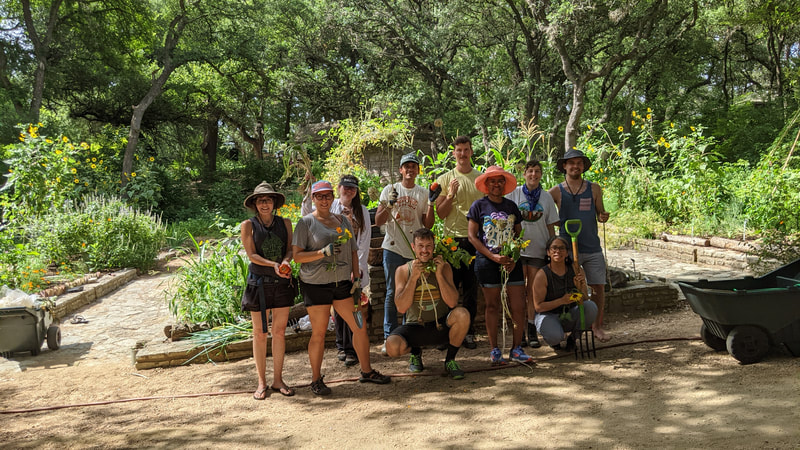
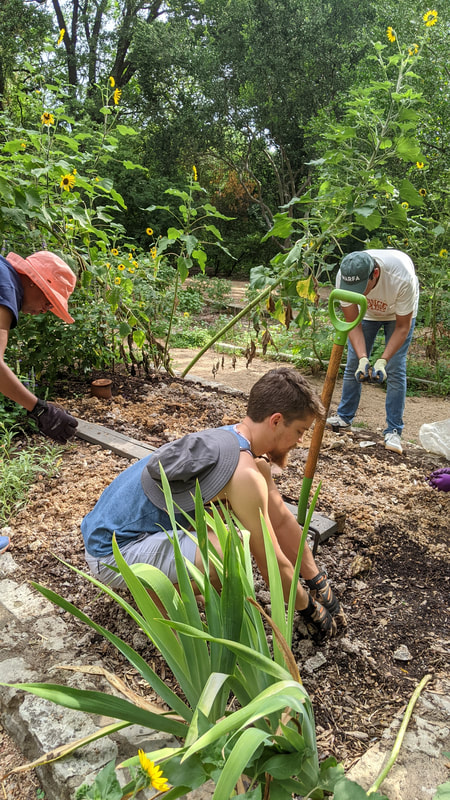
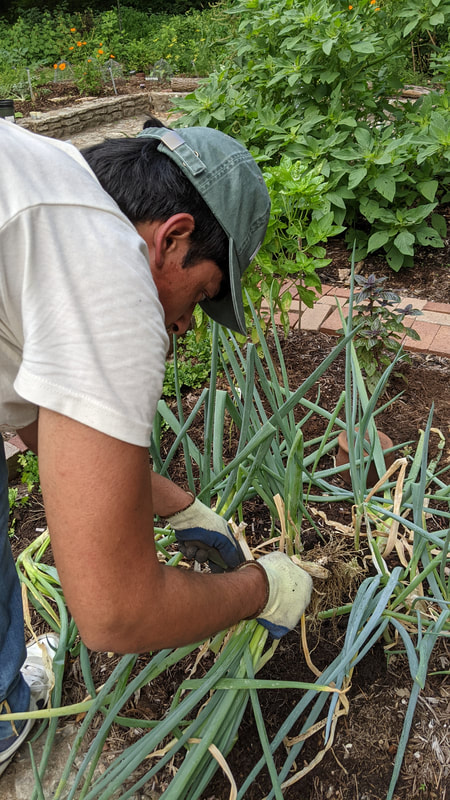
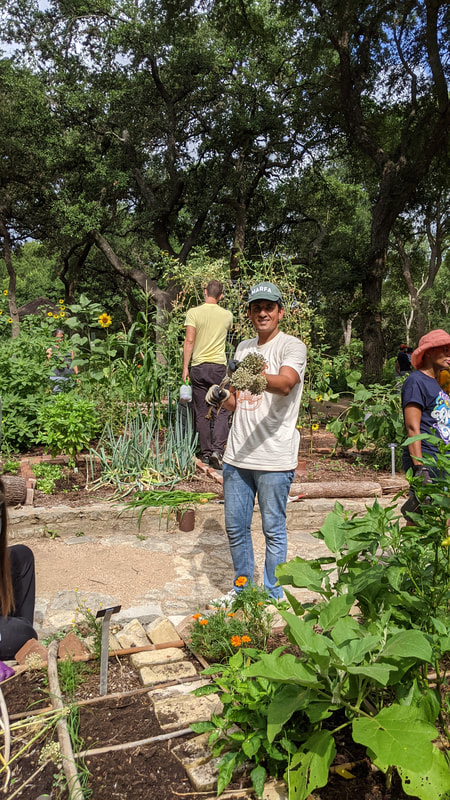

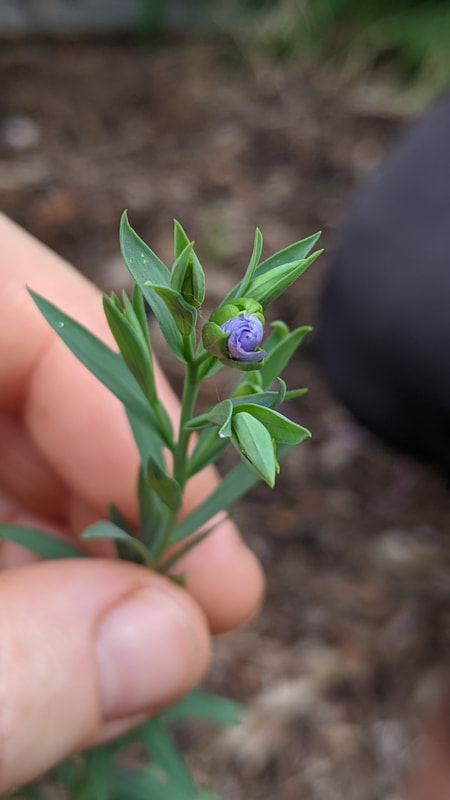
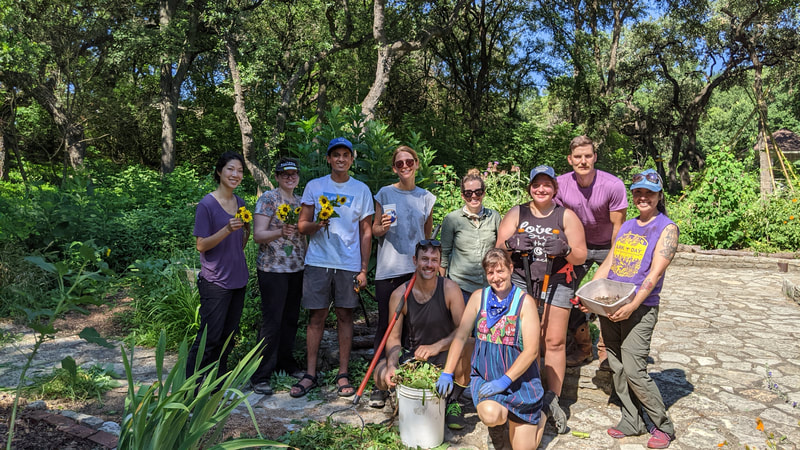
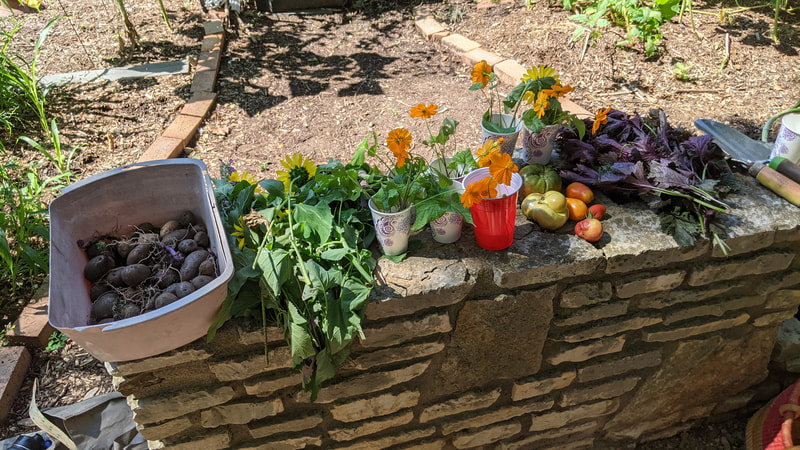
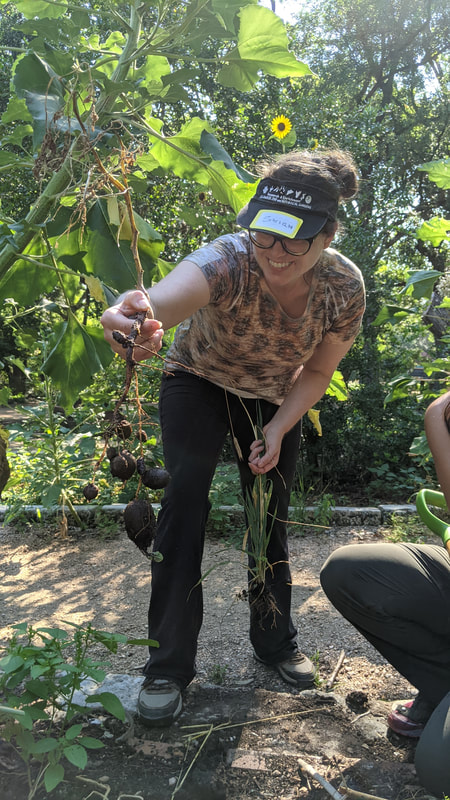
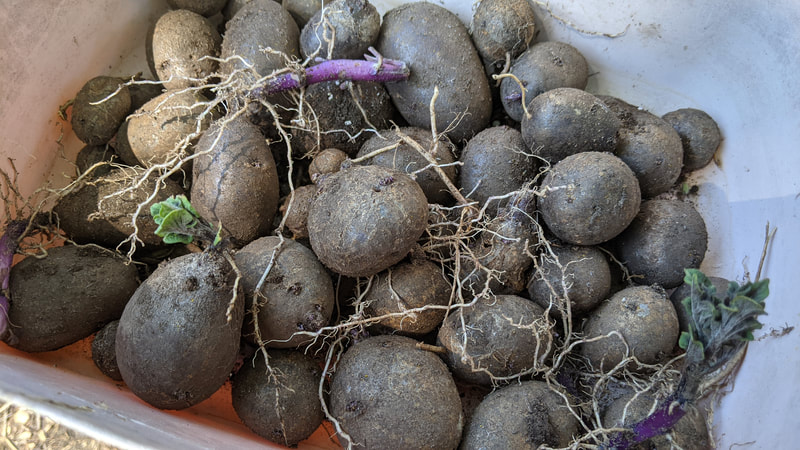
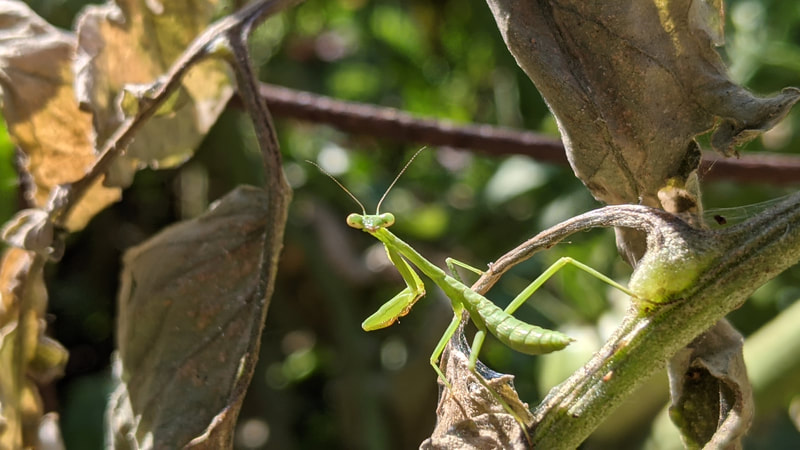
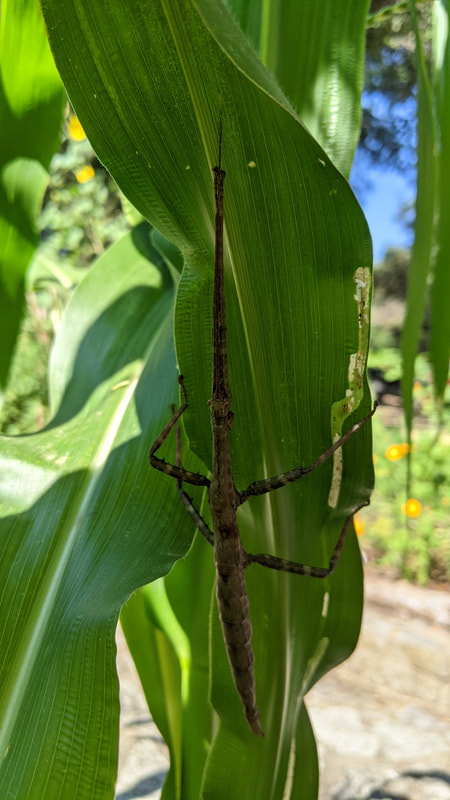
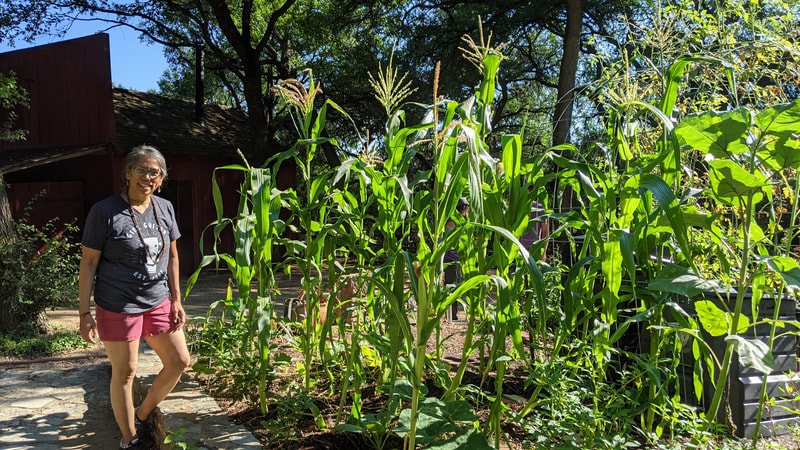
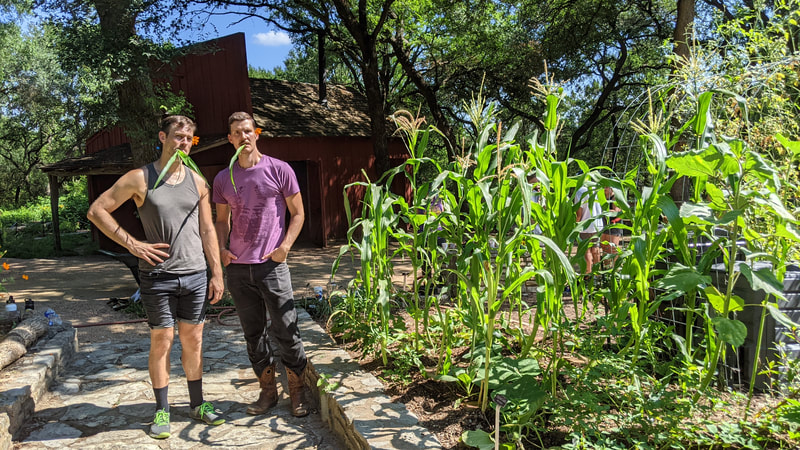

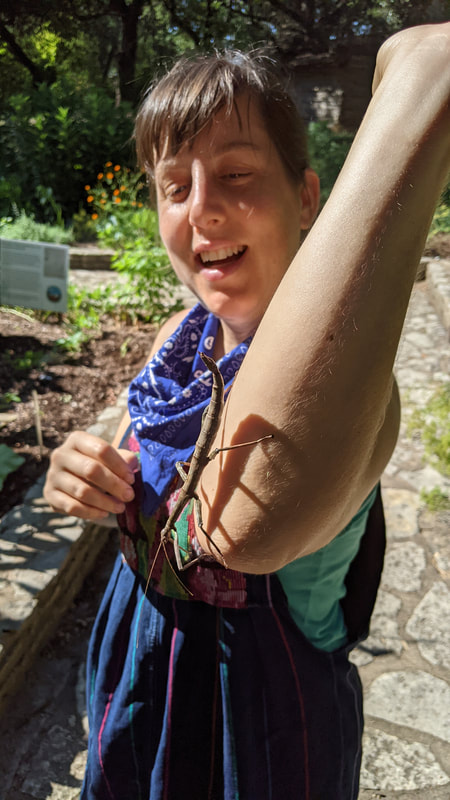
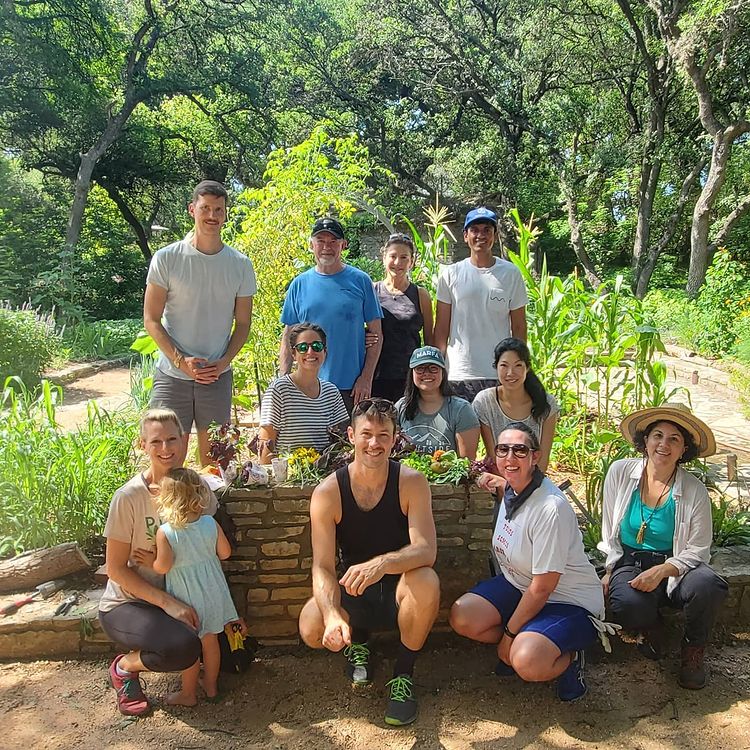








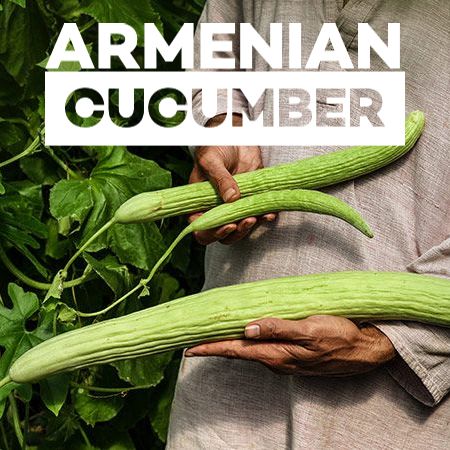

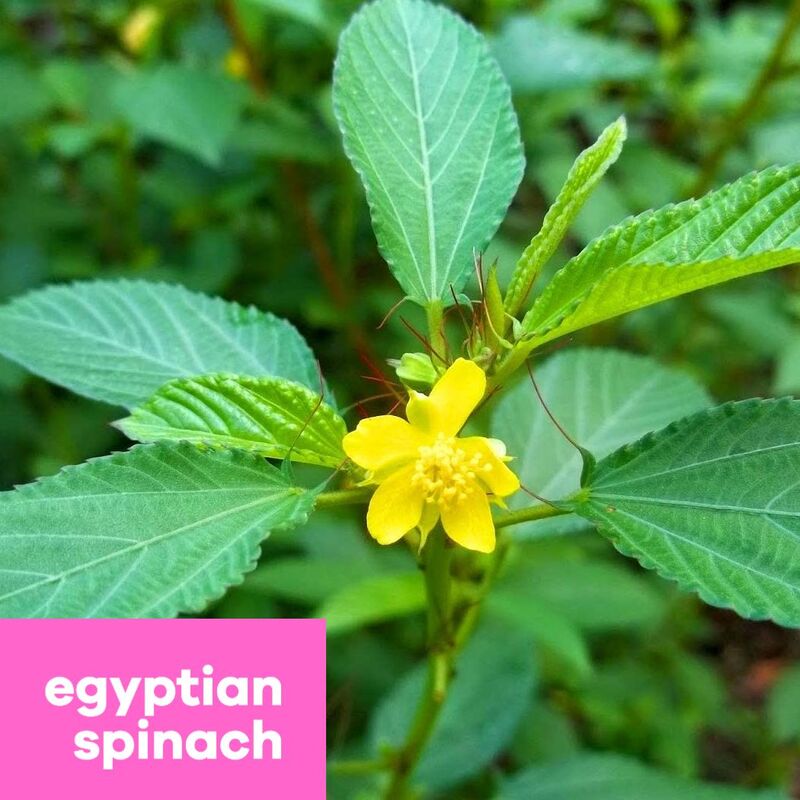
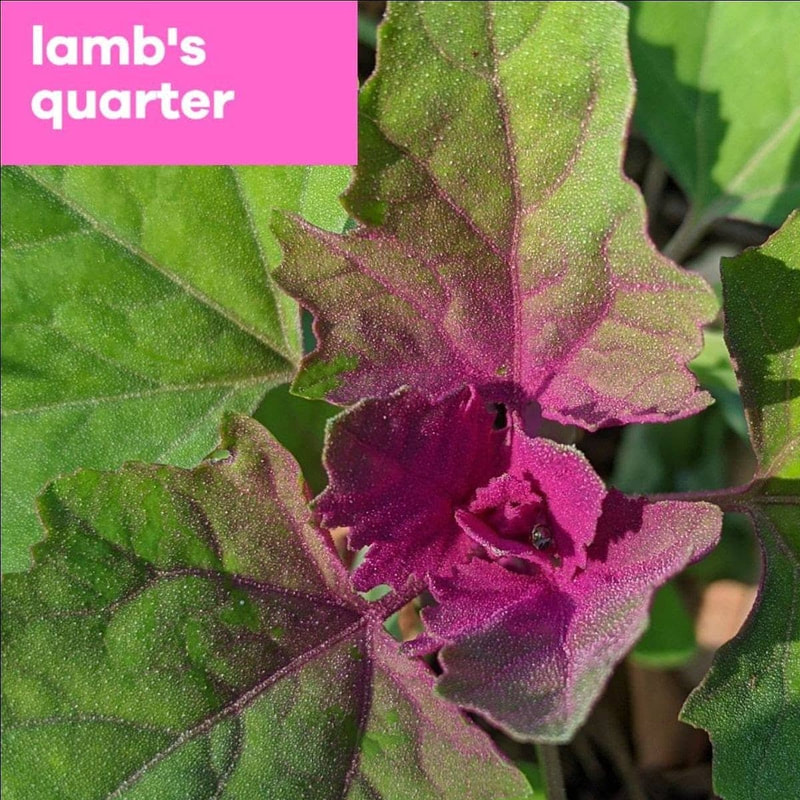
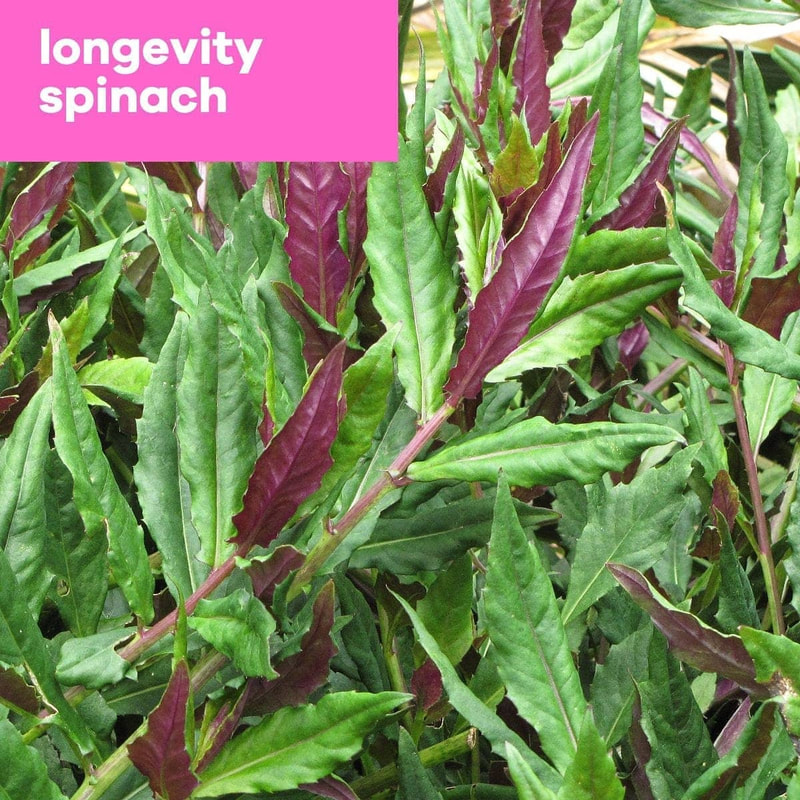
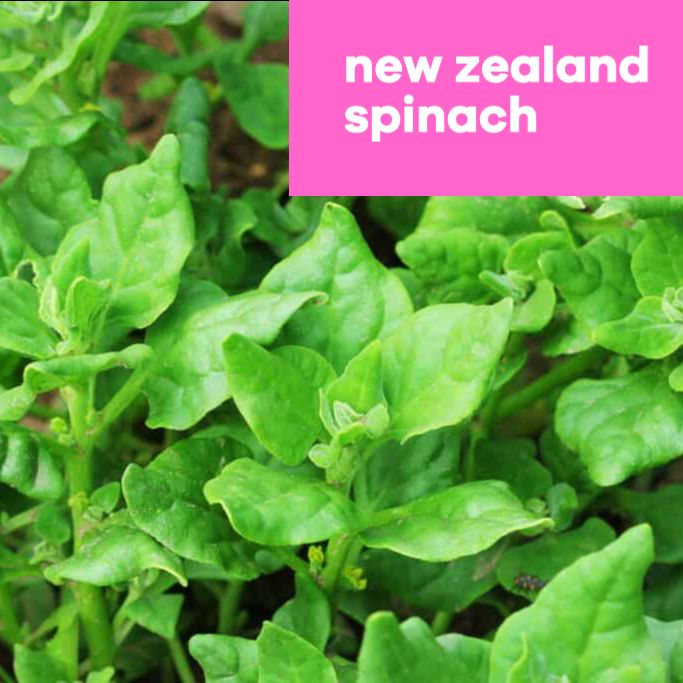
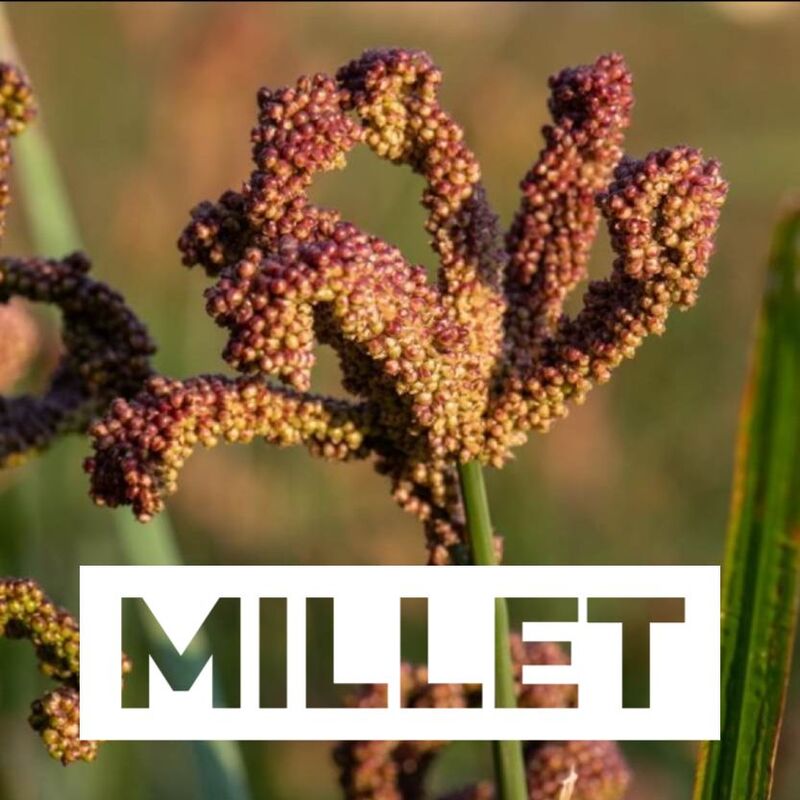


 RSS Feed
RSS Feed